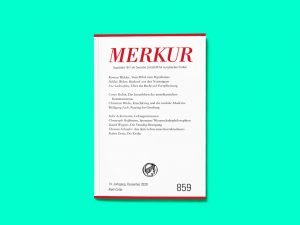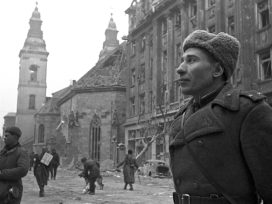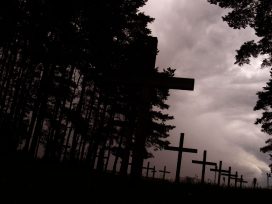Prisons in memoriam
Former communist prisons in Russia, Lithuania, Poland and Belarus have become contested public spaces of memory. With buildings in various states of disrepair or neglect, the redevelopment of several is now being considered. But can they realistically function as both sites of remembrance and mixed-use spaces that look to the past and future simultaneously?
Saint Petersburg’s Kresty prisons
For three years, the largest monument to the 1937-1938 Great Terror in Leningrad has stood empty on the banks of the Neva. With its striking brick wings arranged in a cross, the Kresty prison in Saint Petersburg stands as a monument to the terror carried out by a state against its own population. During Stalin’s purges, more than 10,000 prisoners were held in a building designed for 1,150 inmates. Many were deported and murdered after being convicted as enemies of the people.
In 2017, Kresty II was completed in Kolpino near Saint Petersburg, making it one of the largest prisons in Europe with cells for 4,000 prisoners. In a nod to the original prison, the ground plan of the eight-storey high-rise building on the outskirts of the city is comprised of a cross with a round central structure. Since its construction, the historic building on the Neva has stood empty, as putting the building to use would raise the question of how to deal with its violent history in twenty-first century Russia.
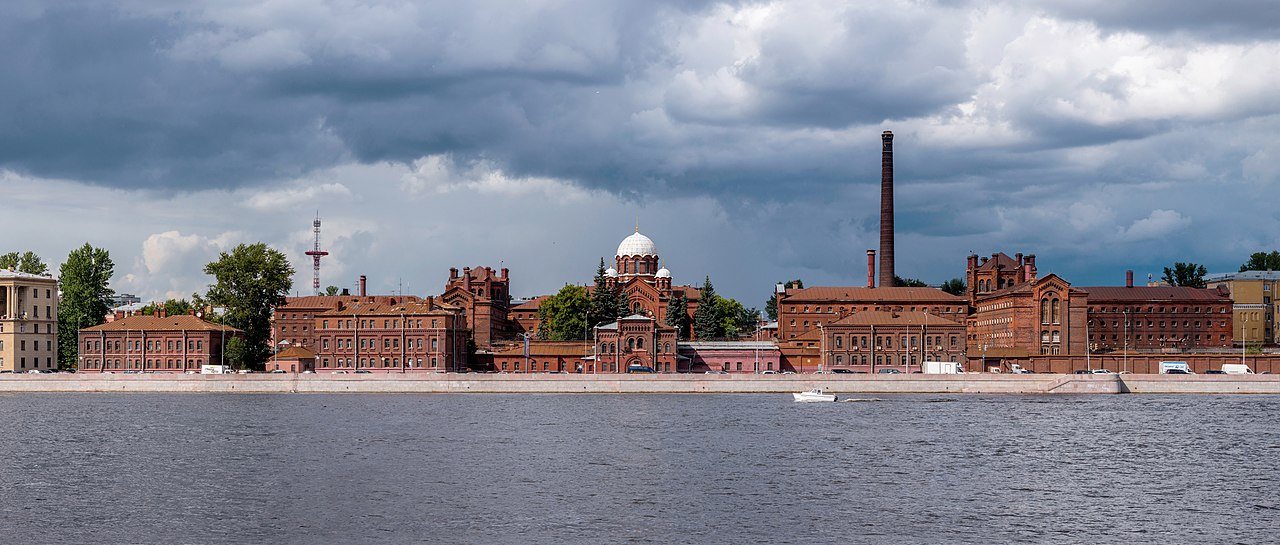
Kresty Prison in Saint Petersburg. Alex ‘Florstein’ Fedorov, CC BY-SA 4.0, via Wikimedia Commons
As recently as 2013, members of the band Pussy Riot, who were detained in Kresty, reported forced labour and poor prison conditions after their release. An employee of the Moscow Institute of Prison History at the Ministry of Justice has commented on Kresty’s recent use: ‘at the moment we mainly store documents there and use some of the cells for office space’. When the building was commissioned in 1890, it was intended to project an image of a civilized and modern Russia in time for the International Penitentiary Congress. It was supposed to show the world that Russia was a locomotive of progress and modernization.
The change over from Kresty to Kresty II has clearly revealed two important features of Putin’s rule in Russia: state corruption and state violence. The opening of the new building was delayed due to the misappropriation of public funds. When a review commission initiated an investigation into the suspicions of payments of bribes totalling 700 million rubles, a contract killing took place within the prison administration. In March 2017, Sergei Mojsejenko, the deputy director of the Federal Penitentiary Authority in Saint Petersburg charged with overseeing the large-scale Kresty II project, ordered a professional killer to shoot Nikolai Chernov, his subordinate in charge of construction. In July 2020, a Supreme Court ruling in the Leningrad district sentenced Mojsejenko to fifteen years in prison.
Vilnius’s Lukishki prison
The fact that even empty prison complexes retain a permanent symbolic meaning as public spaces is also in evidence 700 kilometres to the south, at Lukishki Prison in the Lithuanian capital. The design for the yellow brick building at the gates of the city, which was completed in 1904, is by the Tsar’s chief engineer, Antoni Tomishko, who also built Kresty. In addition to overseeing the construction of bridges, highways and canals, Tomishko was enthusiastic about complex prison projects, making them a top priority, and Lukishki was to be a symbol of the progressive nature of the Tsar’s rule.
It was the first public building in Vilnius with central heating, ventilation, its own sewer system and a hospital wing. A 1905 city visitors’ guide recommended a walk to the suburb of Lukishki to take in the building’s architecture in all its beauty. In addition to the customary Russian Orthodox Church of St. Nicholas in the entrance area, Tomischko’s plans provided for a Jewish prayer room in the loft of a cell wing as well as a Roman Catholic chapel in the middle of the round central corridor. The prison chaplain was able to hold mass from the centre of the building without the prisoners having to leave their landings.
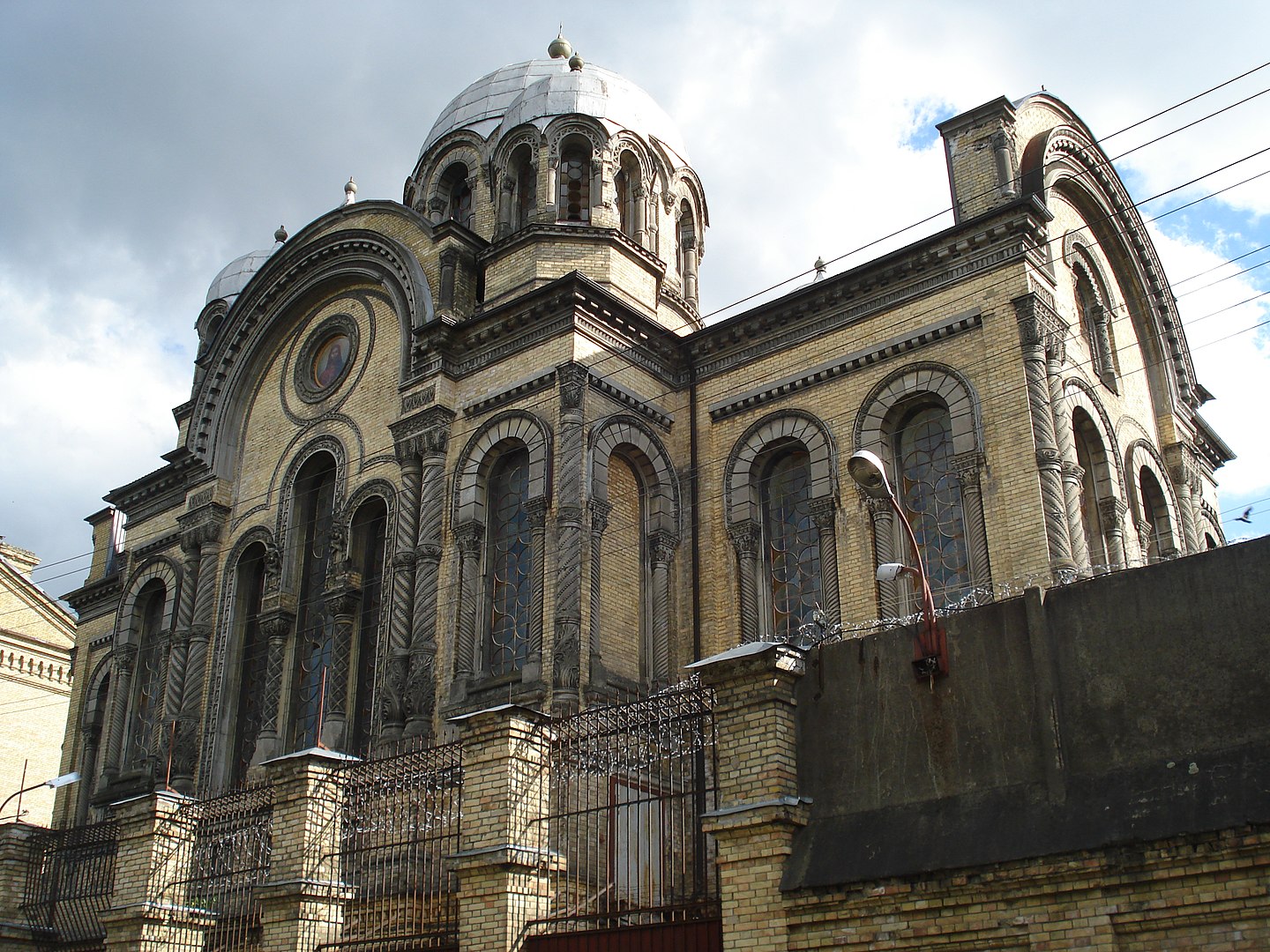
The Orthodox church of St. Nicolas’ in Lukiški prison (Vilnius) Photo by Alma Pater, Public domain, via Wikimedia Commons
At the very same cast-iron bars where prisoners stood during the Second World War, one year after the closure of Lukischki in July 2019, visitors were able to see a new production of Rimas Tuminas’s play There will be no death. Its first Vilnius production was staged at the Little Theatre in 1990 and was a sensation because it found a new language to talk about the Soviet deportations of Lithuanians. In 2020, a troupe led by actress Agnė Šataitė not only commemorated the consequences of the Hitler-Stalin Pact for Lithuania, but also showed how Lithuanian society appropriates Russian prison architecture as public space. After the last prisoners were transferred to other institutions, an open process began in which local residents, artists, citizens’ initiatives, entrepreneurs and actors discussed their interests in the politics of history.
Using the building in the future is complicated by the fact that the entire complex is a listed building. Some of the darkest chapters of the twentieth century have also left their mark here: the suppression of the 1905 revolution, two German occupying regimes, the genocide of Lithuanian Jews, the violent Soviet annexation of Lithuania and the persecution of the remaining Polish inhabitants in Vilnius. At the end of the Second World War, Lukishki was still on the outskirts of the city, but, following four decades of Soviet urban development, it is a derelict building in the centre of Vilnius, now within the immediate vicinity of the Parliament, the National Library, the Stock Exchange and the Institute of Lithuanian History.
Walking through the building today, it feels as though time has stood still since the prison was evacuated years ago. A bowl can be found on the table in the guards’ break room; the Lithuanian and Russian inscriptions on the cell walls bear witness to the daily lives of the prisoners; and an open safe contains newspapers in Esperanto and Soviet dictionaries. A 1934 edition of the Esperanto Herald has outlived both German and Soviet rule in the prison. In 2019 it didn’t seem important enough to be removed. The last inmates no longer spoke Esperanto.
In a multi-stage process, Turto Bankas, the Lithuanian State Fund, brought as many interested parties as possible to the table, organizing a public discussion in the Church of St Nicholas. Various proposals for the future redevelopment of the prison included for education, art, business and remembrance. But this will only succeed if public authorities and private investors join forces to push ahead with the redesign. Instead of turning the entire complex into a museum, it is to become a new centre of urban life. The city is proud that the next season of the Netflix series Stranger Things is being shot here. Since the site is still formally a protected zone owned by the Ministry of Justice, two officers in prison uniforms stand guard at the entrance. Given the fact that an empty prison generates costs in excess of several thousands of euros every day, the conversion needs to begin as soon as possible.
Warsaw’s Mokotów prison
Situated 435 kilometres southwest of Vilnius, the Polish capital offers a direct contrast in how to deal with historically tainted places. Mokotów Prison is located on Rakowiecka Street and shares with Lukishki both the year of construction – 1904, when it was built to serve as a penitentiary in the Russian Empire – and a multifaceted history of state violence in two World Wars. Following the beginning of the Warsaw Uprising, the SS had planned a prison massacre on Rakowiecka Street on 2 August 1944 in which all inmates were to be murdered in the courtyard. After the first mass execution, the surviving prisoners resisted, with several hundred of them managing to escape thanks to the help of local residents. After the end of WWII, both German war criminals and members of the Polish Home Army were imprisoned in Mokotów. On 25 May 1948, Witold Pilecki, a former Auschwitz prisoner and founder of a Polish underground unit in Auschwitz, was murdered after a Stalinist show trial in Mokotów.
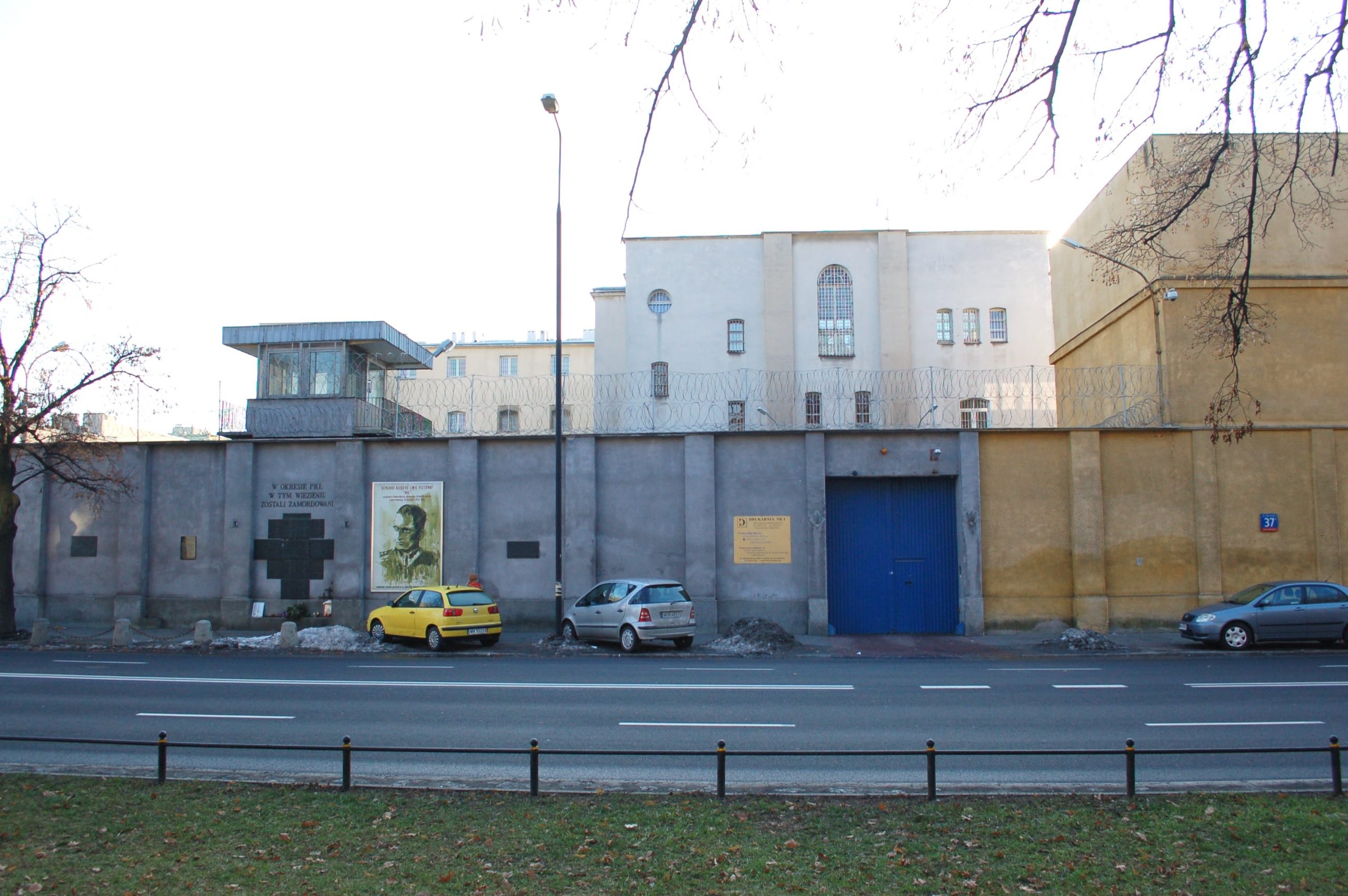
Mokotów Prison, northern side. Photo by Wistula from Wikimedia Commons
The prison closed in 2016, but the building remained under the supervision of the Ministry of Justice. Part of the complex continues to serve as the headquarters of the Polish Prison Service, which includes a hotel for civil servants. A hand-picked team of national-conservative historians is currently working on a concept for a museum of the outlawed soldiers and political prisoners of the People’s Republic of Poland, which is primarily intended to commemorate the victims of communism. However, most of the former political prisoners who were interned there, together with the early-1980s dissident Adam Michnik, reject the museum as ideologically motivated.
In contrast to the open, participatory process in Vilnius, the current Warsaw government has not provided a public forum for generating ideas. A conference was held, but it merely brought together the supporters of the United Right, who agreed that the prison should become a sacred place of national remembrance – a lavishly refurbished artefact of the politics of remembrance applied to the built environment. Ironically, many opponents of Justice Minister Zbigniew Ziobro’s radical politics live in the immediate vicinity in the bourgeois district of Mokotów.
In both Poland and Lithuania, prison buildings serve to characterize state repression against prisoners as a resulting foreign rule. Many actors hide the fact that every state uses criminal law to pursue political ends. In the Second Polish Republic, the prisons were full of political opponents – communists and socialists as well as Ukrainian, Belarusian and Jewish nationalists. The active participation of the local population, which served as prison staff, in everyday persecutions is also omitted.
Vilnius’s Lukishki had been a place of active, violent Lithuanianization during the German occupation. In March 1942, all Polish clergy were deported from the Roman Catholic monasteries in Vilnius. A Lithuanian priest in Lukishki was charged by the Germans with the pastoral care of over 300 nuns and monks who were held there at the same time. Presumably, the main reason why such dark aspects of these societies’ own histories are not addressed by the planned exhibitions is that a closer look would expose the differences in the extent and nature of state violence. Seen within the longue durée of the existence of prisons, however, there is an astonishing continuity. In Lithuania and Poland, the main day-to-day work of these penitentiary systems was carried out by the same wardens before and after 1989.
Hrodna’s prison
For the judiciary of the neighbouring Republic of Belarus, this continuity is a cause for pride. Halfway between Warsaw and Vilnius, the town of Hrodna, with its population 350,000, is home to the only regular prison museum still in operation in the region. After the Second Partition of Poland at the end of the eighteenth century, this city on the banks of the Memel River came under Russian rule. The Jesuit monastery on the market square was abandoned; the church became a parish church and the monastery complex became a prison. The square has been called Sovietskaya Square since World War II. Right next to a historic pharmacy stands the entrance to the museum, in which the fluid transition from the Soviet and Belarusian penal systems is made clear. The Gallery of the Directors of Hrodna Prison No. 1 is flanked by two mannequins bearing uniforms and moustaches.
Opened to visitors in autumn 2020, the exhibition on the history of the oldest Belarusian penal facility still in use today contains blueprints of the Russian cell blocks, a model of the Orthodox chapel that once stood in the courtyard and portraits of VIP prisoners. Among them were participants in the Great Uprising of 1863, Belarusian communists persecuted by Poland’s interwar secret service Defensywa, and Gustaw Herling-Grudziński, the Polish writer who wrote about his imprisonment in Hrodna in his biography A world apart: The journal of a Gulag survivor.
In contrast to the plans for Warsaw and Vilnius, here the exhibition organizers ignored the critical moments of the transfer of power during two World Wars. During times of upheaval, prisons function like an early warning system, as both inmates and guards monitor the troop movements outside the walls and wait for the right moment to escape or abandon the prison, which was the case at the end of the First World War, when power in Hrodna changed hands several times. In September 1939, German bombs damaged the prison walls, allowing common criminals and communists to escape into the surrounding area. As a result, these communists took part in the fighting in Hrodna after the Soviet invasion of the Polish Republic and even before the Soviet capture of the town.
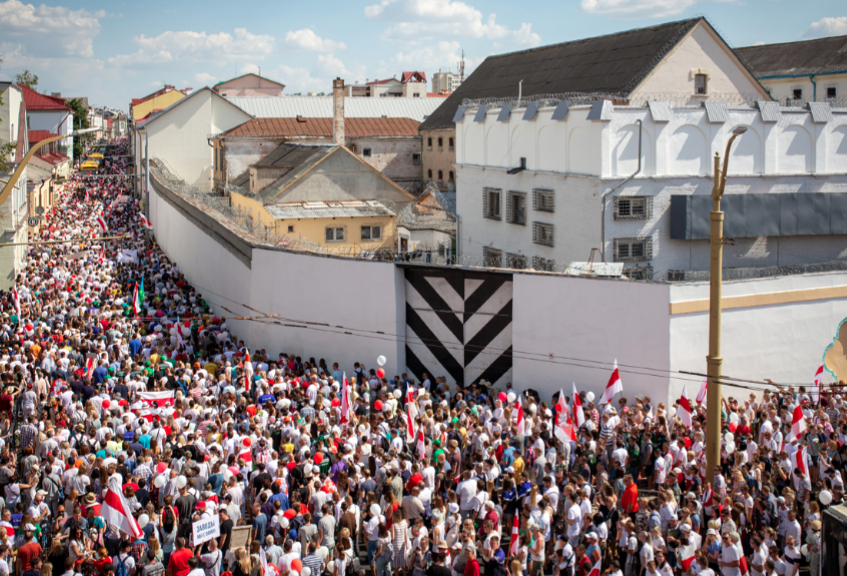
Hrodna Prison. Photo by Felix Ackermann. With permission from Tut.by
During the Soviet occupation from 1939 to 1941, dozens of Polish army officers were interned in the city prison before being taken to the various crime scenes of the Soviet massacre at Katyń. The NKVD-administered prison was hit again by bombs during the German attack on the Soviet Union, killing several dozen inmates. Parts of the walls were blown away, and a mass prison break followed on 23 June. A short time later, the German occupiers murdered selected Jews in the facility’s courtyard. Shortly before the withdrawal in the summer of 1944, the bodies of the victims were hastily exhumed and burned before their remains were again buried on the spot. Under Soviet control, the prison was used once again – this time for purges. None of these key events in the city’s history are mentioned in the Prison Museum, because its aim is to legitimate the role of the prison system in present-day Belarus.
However, the legitimacy of the penitentiary system in Belarus was not undermined so much by gaps in the narrative of a prison museum as by the systematic state violence following the rigged August 2020 presidential elections. From 9-12 August in Hrodna, the Ministry of the Interior’s special forces indiscriminately targeted passers-by in the city. Among the victims of torture in the Ministry’s jails was the journalist Ruslan Kulevich, who works as a reporter for the website Hrodna Life. When Kulevich testified after his release about his wrists being broken in pre-trial detention, state media initiated a campaign denying the torture.
Reports of state violence in prison were the catalyst for the chains of solidarity that were formed across the country beginning on 13 August. Women and doctors in Hrodna protested along major highways. Thousands of workers from the large state enterprises AZOT and Chimvolokno travelled from their factories the next day into the city centre to rally for their fellow workers’ release. One of the main demands of the Citizens’ Committee was the release of all political prisoners in Hrodna, among them 17 workers from AZOT alone.
The past is present
A new chapter in the history of Hrodna began when an agreement between the Citizens’ Committee and the city administration came into force, which, in addition to the release of these prisoners, secured freedom of assembly in the Old Town for the first time. The result was a four-day festival, as thousands of people marched through Hrodna’s streets waving white-red-white flags. Of all the images of jubilant protesters that streamed out of Hrodna via social media, one taken in front of the walls at Sovietskaya Square stands out. Thousands of people pass peacefully before the 200 year-old prison and, shortly afterwards, the political prisoners are released.
But the city administration revoked the agreement on 18 August. Rallies in the town centre were banned. The Ministry of the Interior’s special forces once again began targeting participants in the Sunday marches. Hrodna now has a museum dedicated to the history of the penitentiary system, which is open for business. The city’s present reality is one in which dozens of people are arrested every Sunday for protesting against state violence.
The prison is located in the centre of the city.
Published 17 May 2021
Original in German
First published by Merkur 859/2020
Contributed by Merkur © Felix Ackermann / Merkur/ Eurozine
PDF/PRINTPublished in
In collaboration with
Newsletter
Subscribe to know what’s worth thinking about.
Related Articles

An emotive rift exists between being drafted and signing up for military service. Those who prioritize family responsibilities, education and skills, and non-violence aren’t backing the opposition. Defence comes in many forms. Could lessons from Ukraine’s mobilization inform the recruitment challenges potentially facing the rest of Europe?

For those who suffered the consequences of Yalta’s division of Europe, the Helsinki Final Act brought grounds for optimism. Today, as Russia’s regressive war on Ukraine reopens old conflicts, it stands as a monument to European modernity.
